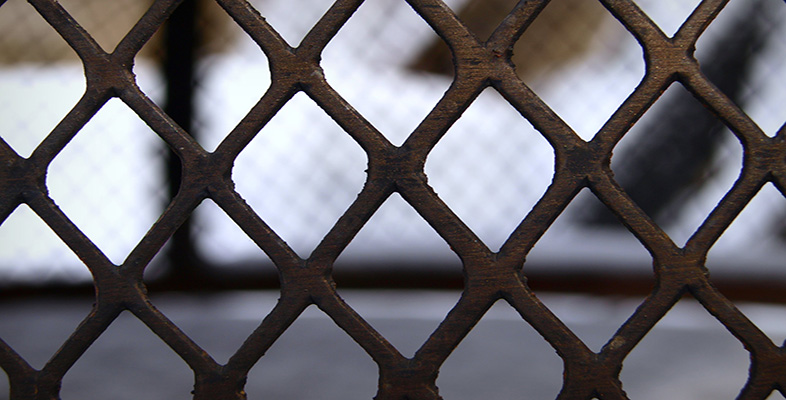2.4 International Labour Organisation (ILO)
The International Labour Organisation (ILO) was created in the aftermath of World War I, as part of the Treaty of Versailles (1919). It was believed at the time that universal and lasting peace could be accomplished only if it was based on social justice. The creation of the ILO reflected this belief, and it was hoped that the organisation would promote this goal. Following the creation of the UN, the ILO became a UN specialised agency in 1946. The ILO’s work focuses on labour issues, such as setting the minimum age of workers, establishing standards for working conditions, including safety and health at work, providing social protection for workers, and fighting discrimination in the workplace.
The ILO has adopted several conventions (all open for signature and ratification by state parties) addressing forced and exploitative labour:
- International Labour Organisation Forced Labour Convention 1930 (No 29)
Defined forced labour as ‘all work or service which is exacted from any person under the menace of any penalty’, which has not been offered voluntarily.
In June 2014, the ILO adopted a new legally binding Protocol to the Forced Labour Convention 1930 [Tip: hold Ctrl and click a link to open it in a new tab. (Hide tip)] , which is designed to strengthen global efforts to eliminate forced labour. The Protocol strengthens the international legal framework by creating new obligations to prevent forced labour, to protect victims and to provide access to remedy, such as compensation for material and physical harm.
- International Labour Organisation Abolition of Forced Labour Convention 1957 (No 105)
Obliges governments to suppress ‘any form of forced or compulsory labour’.
- International Labour Organization Worst Forms of Child Labour 1999 Convention (No 182)
Addresses the difficulty in distinguishing between excessive and exploitative forms of child labour and identifies the ‘worst forms’, such as slavery, debt bondage, forced labour, forced recruitment for armed forces, prostitution and drug trafficking.
